I do not have access to your data. So I decided to use the tutorial data from the plotly package to demonstrate how to use viridis colors.
Continuous veariable
If you read the help page for plot_ly(), you see that colors is specified as either a colorbrewer2.org palette name (e.g. "YlOrRd" or "Blues"), or a vector of colors to interpolate in hexadecimal "#RRGGBB" format, or a color interpolation function like colorRamp(). What you can do is to create a vector of colors using magma() in the viridisLite package. Here I specified colors = magma(50, alpha = 1, begin = 0, end = 1, direction = 1). n = 50 indicates that I want 50 colors in the color vector. You want to play around with this number for your own case.
library(dplyr)
library(viridis)
library(plotly)
df <- read.csv("https://raw.githubusercontent.com/plotly/datasets/master/2011_us_ag_exports.csv")
df$hover <- with(df, paste(state, '<br>', "Beef", beef, "Dairy", dairy, "<br>",
"Fruits", total.fruits, "Veggies", total.veggies,
"<br>", "Wheat", wheat, "Corn", corn))
# give state boundaries a white border
l <- list(color = toRGB("white"), width = 2)
# specify some map projection/options
g <- list(scope = 'usa',
projection = list(type = 'albers usa'),
showlakes = TRUE,
lakecolor = toRGB('white'))
p <- plot_geo(df, locationmode = 'USA-states') %>%
add_trace(z = ~total.exports,
text = ~hover,
locations = ~code,
color = ~total.exports,
colors = magma(50, alpha = 1, begin = 0, end = 1, direction = 1)) %>%
colorbar(title = "Millions USD") %>%
layout(title = '2011 US Agriculture Exports by State<br>(Hover for breakdown)',
geo = g)

Categorical variable
After posting my answer, I thought you were using a categorical variable. I played around the example and think that it is tricky to create a chloropleth map with such a variable in plotly. At least, I can assign colors to polygons based on a categorical variable, but a color bar appears in a funny way. So I removed it. (If anybody can improve this part, please do so.)
Using the same data, I did the following. I created a categorical variable using ntile() in the dplyr package. I randomly created 9 levels in total.exports. Then, I created nine colors using magma(). When I drew the map below, I used colors = foo[df$export_nth]. This is basically creating 50 colors using foo. export_nth is used as index numbers. I hope this will help you to think how you can solve your situation.
mutate(df, export_nth = ntile(x = total.exports, n = 9)) -> df
# Create a magma color vector
foo <- magma(n = 9, alpha = 1, begin = 0, end = 1, direction = 1)
p <- plot_geo(df, locationmode = 'USA-states') %>%
add_trace(z = ~export_nth,
text = ~hover,
locations = ~code,
colors = foo[df$export_nth],
color = ~export_nth,
showscale = FALSE) %>%
layout(title = '2011 US Agriculture Exports by State<br>(Hover for breakdown)',
geo = g)


